The Cheapest Omakase Sushi Lunch To Eat In Thailand
It’s difficult to choose what to love the most, whether it was the hamaguri clam soup, pickled sardine, or the mountain of sea urchin on tuna.
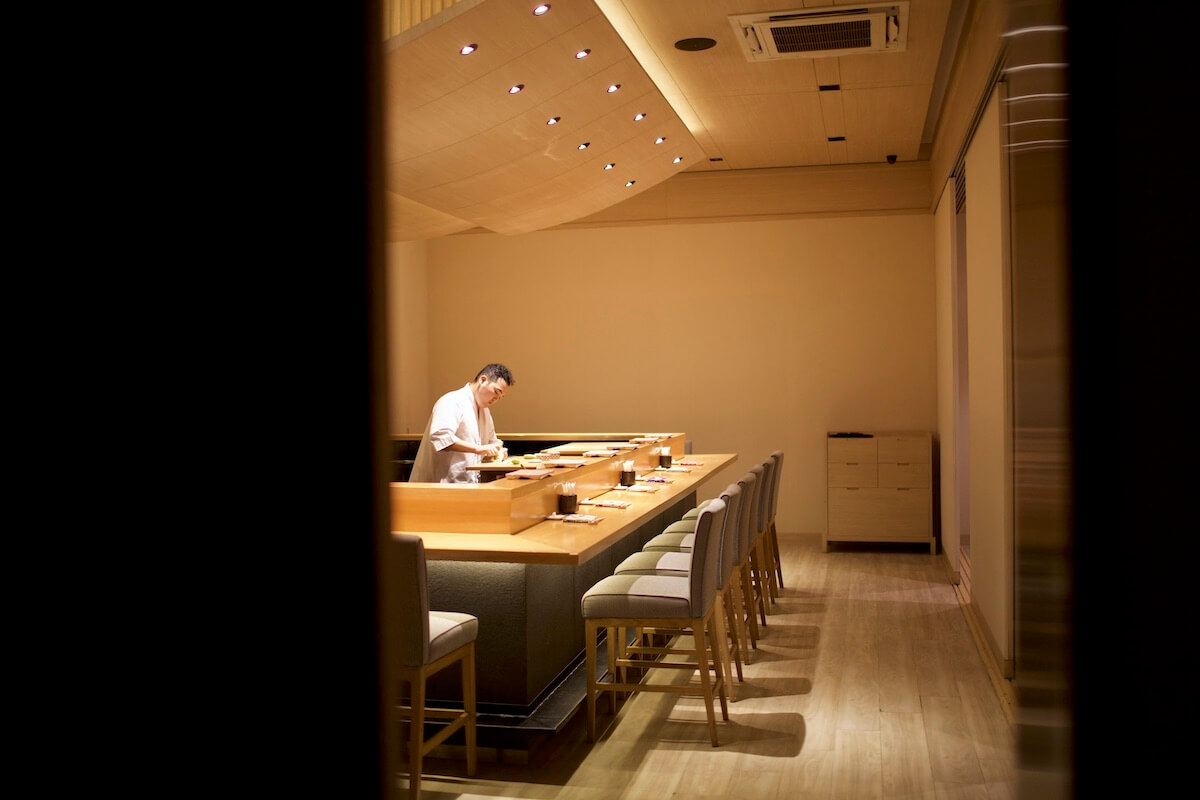
Hard as it is to imagine, inside the unassuming industrial walls next to home decor stores, a restaurant cooks world-class sushi with fresh goods sourced from Japan. Sushi Ichizu (no. 39 on Opinionated About Dining Asia’s best restaurants list) seats just nine diners in a modest room around a counter with glossy wood paneling lit by the high ceiling lamps.
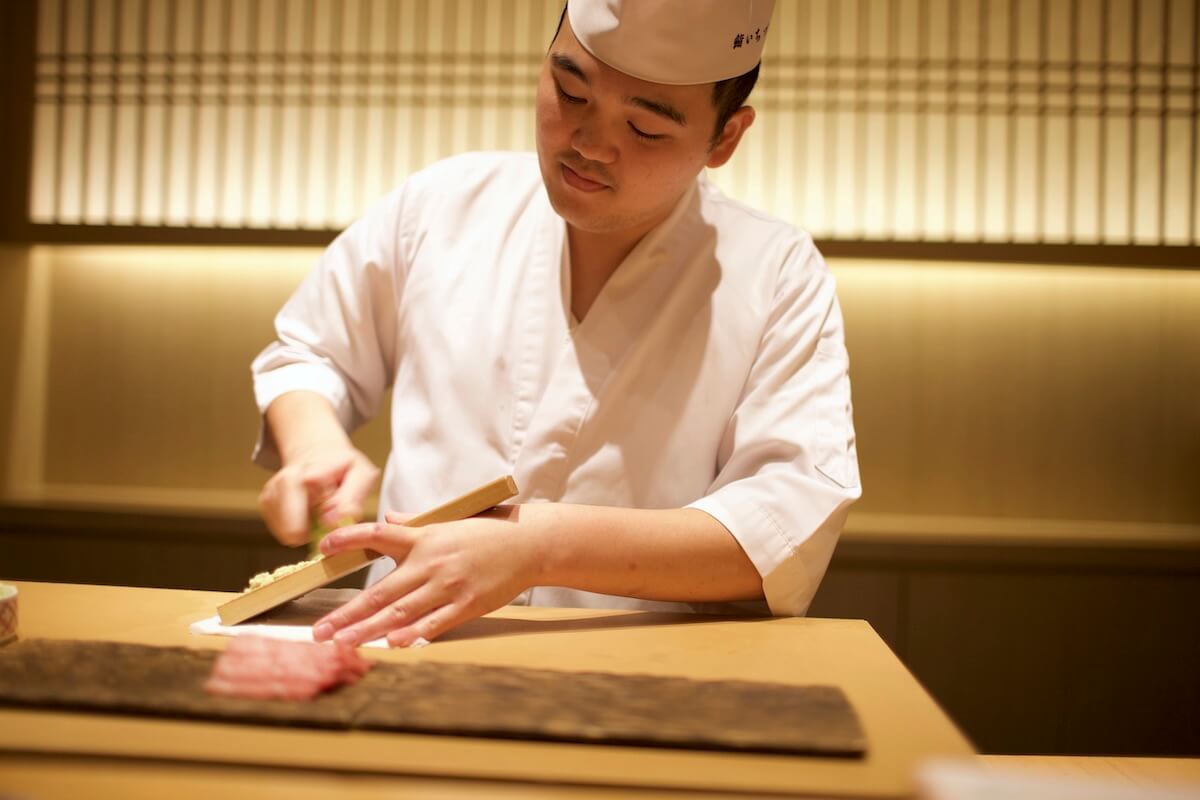
With his attentive flair and calculated movement of hands, chef Taigo Narizuka grinds fresh wasabi against an oroshigane, a traditional, wooden sharkskin grater. Posing behind the bar in front of a stand full of Japanese handcrafted blades, chef Taigo exudes a sushi master vibe, dressed in an all-white coat, skull cap, and traditional Japanese sandals. “Oh, we don’t use these,” he says, picking up the largest sword. “If I were in Japan, I would cut a whole tuna with this.”
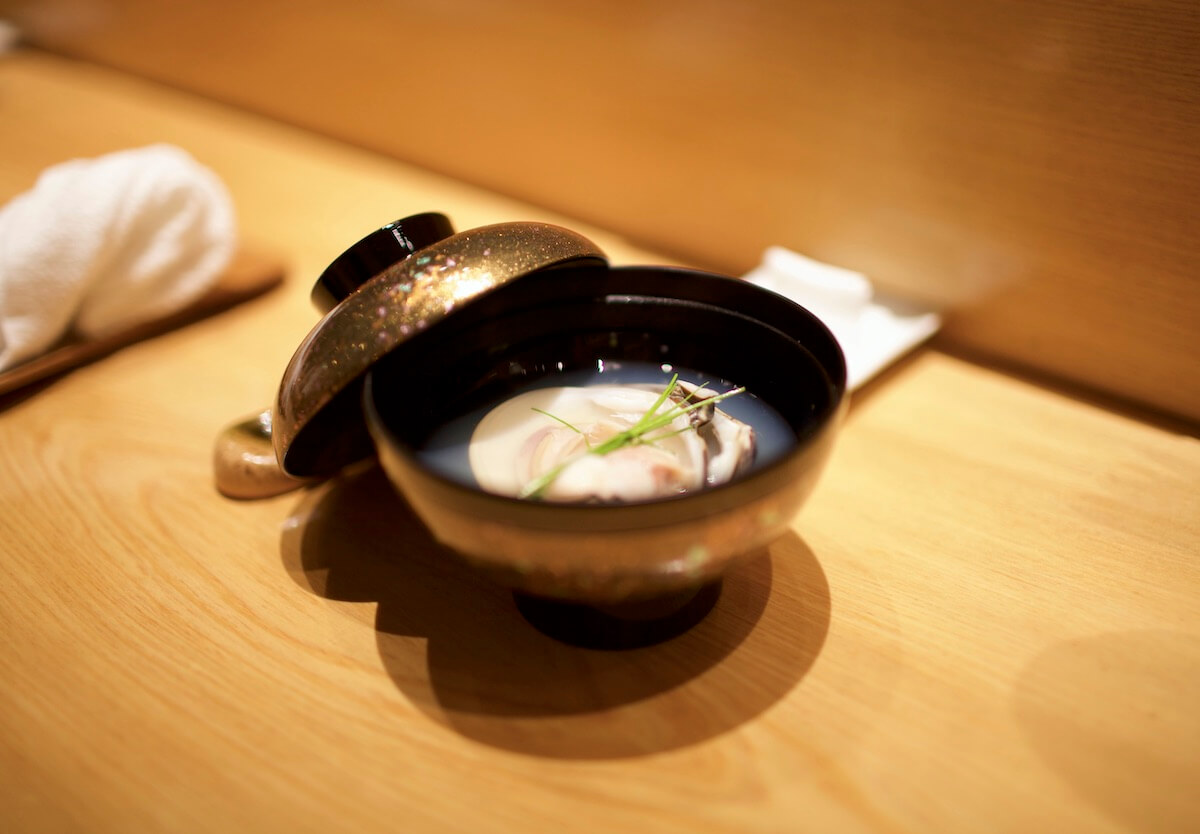
A meal at Sushi Ichizu starts with a cold yuzu cocktail with a drop of alcohol, leaving you safe to drive after the two-hour lunch is completed. There’s also a hot soup, and the chef explains the contents as hamaguri (hard clam) that fills the entire bowl of dashi broth.
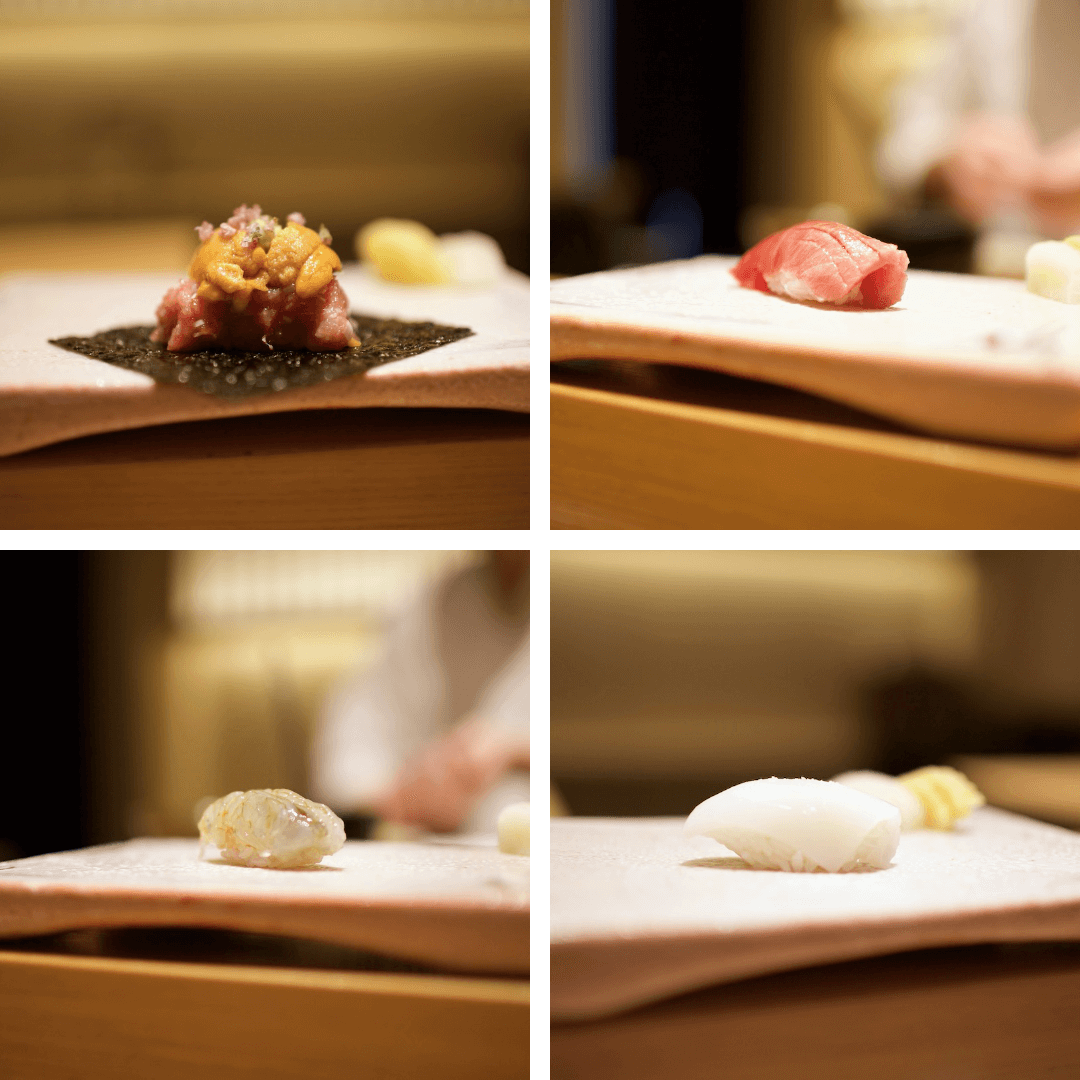
The first sushi course is the iwashi roll, and it’s the only roll you’ll be served through the lunch. It’s sardine sushi with scallions and oba (a trading name for shiso leaves). Chef Taigo places the ingredients on a bamboo mat, but instead of rolling with it, he uses his hands to create a masterful maki. At an elite sushi bar, where every bite is perfectly composed, you don’t want to ask for extra wasabi or soy sauce. But expect a mound of wasabi with the sardine, and don’t mock the sushi chef by mushing it up it in the soy sauce. While it looks like a lot, be generous with it. “You don’t like wasabi?” he jokes after seeing what’s still left on the plate.
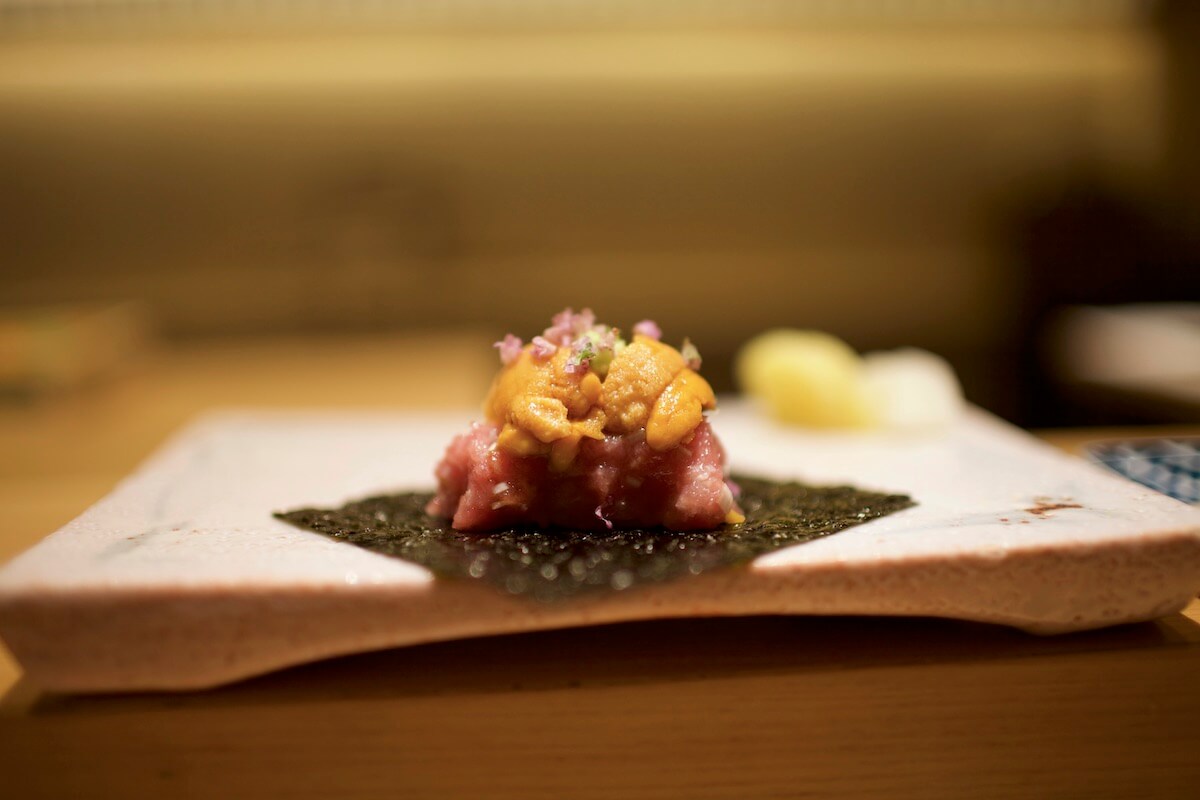
Chef Taigo serves what he loves and loves to tell you about it. He sources the best cuts of fish and knows exactly where they come. He soon brushes the surface of aji (horse mackerel) with house soy sauce and slides it to the guests. The delicately scored squid has a bit of salt and a kiss of yuzu to cut the fat. From there, look for first-class sushi such as the pickled sardine, raw scallop wrapped in seaweed, and buttery uni-topped ground tuna with shiso flowers. Among the best dishes is the parade of tuna, each with its distinct texture and style of preparation, and there’s also the humble raw shiro ebi (white shrimp) that melts in your mouth.

You didn’t come here for the dessert. But when you’re served dessert at a Japanese restaurant, you expect something simple. Something that cleans the palate, too. Before the meal is over, Chef Taigo prepares an unlikely summer dessert with kuzukiri noodles and brown sugar from Okinawa. He is likely to make a show of it — his sweet smiling face behind the sheet of clear noodles — and he explains how simple starch can be transformed into a bowl full of jelly noodles when exposed to different temperatures.

Is it the best sushi in Bangkok? It’s the most affordable one. Compared to many of the high roller omakase sushi courses in the city, the lunch is a good deal. Sushi Ichizu is open for lunch on Saturdays and Sundays with one seating for the ฿3,500 omakase. There are also two dinner seatings for ฿8,000 at 5.30pm and 8.30pm.



